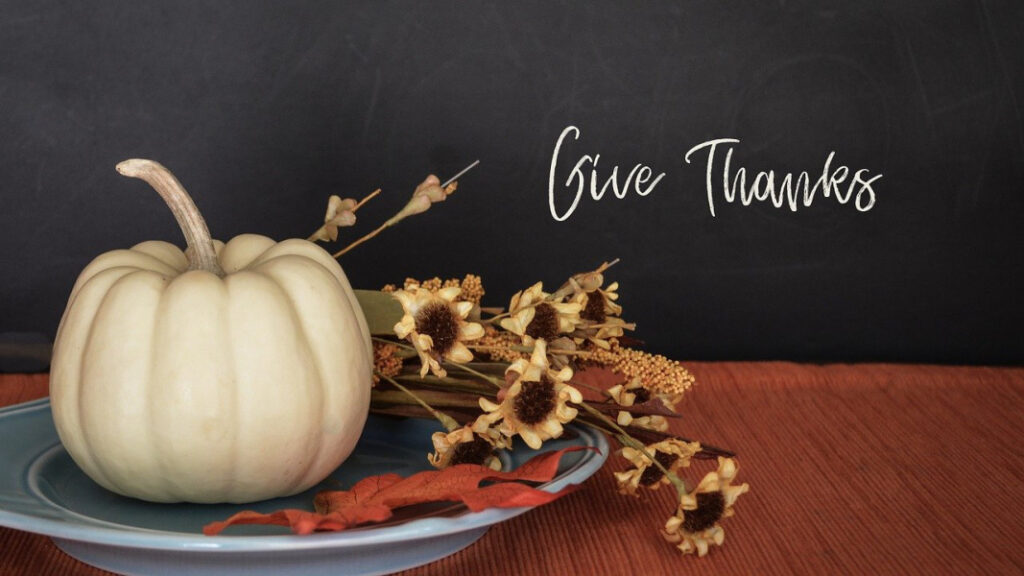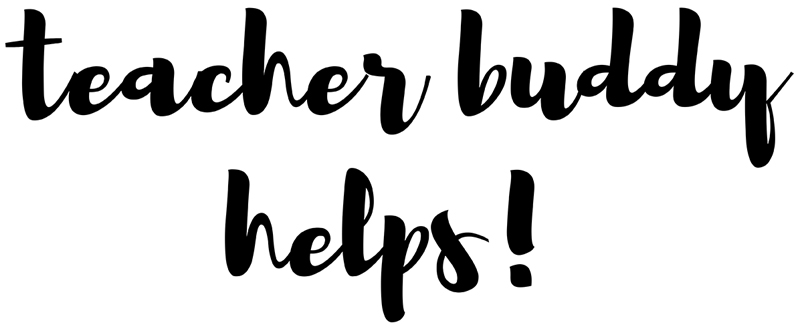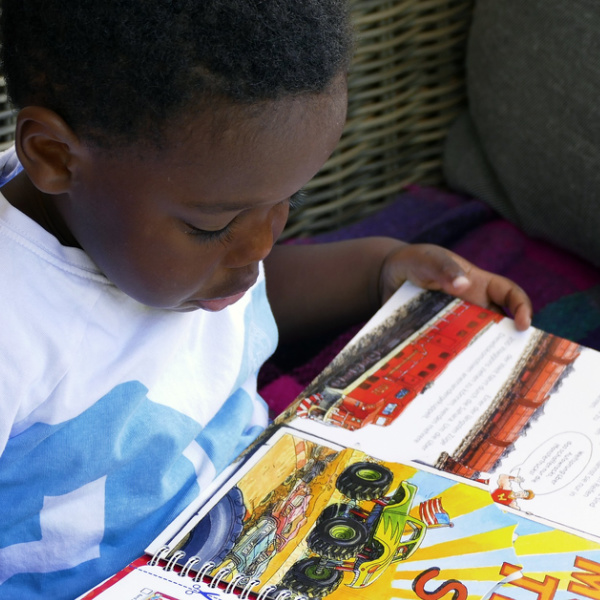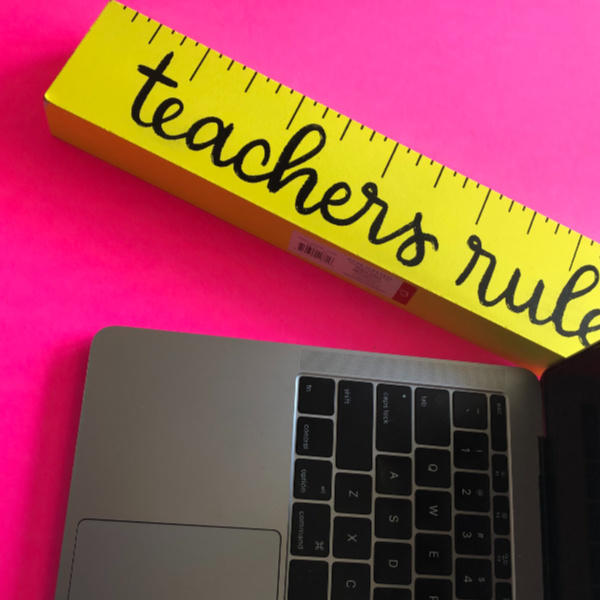Teaching Thankfulness
With Thanksgiving just around the corner, it seemed like a great time for teaching thankfulness and to discuss how to teach students to be THANKFUL! Learning to appreciate things in your life is something all children should be exposed to. And what better time to do it than around Thanksgiving.

Teaching Thankfulness to Children
Some teachers lately seem to be shying away from teaching about the history of Thanksgiving in the United States due to their unease with the issue of Native Americans. I believe that history should be taught and that if our forefathers made some mistakes that we can all learn from those mistakes and not repeat them.
It’s never wrong to teach students to appreciate the things they have in their life. Even children living in poverty often have wonderful families full of love. I wrote another article about children who grow up in poverty. You can read it here:
Teaching & Learning in Poverty
Teaching young children to be thankful
If you teach young children (first grade and younger) then you should spend time listing many things in our world and in life that people can be thankful for. After you have a large list, take a few minutest to place them all into groups or categories. This simple lesson will be such a big learning time for your young students.

Teaching Older Students to Be Thankful
For older students, your task may be a bit more difficult. You have to decide if you will be teaching the history of the Thanksgiving holiday in American or not. If you choose not to, then the emphasis turns to “things in their life that they are thankful for.”
Other things you can teach about Thanksgiving
One year when I taught sixth grade I helped my children compare the time needed to prepare a turkey dinner in today’s world compared to the time of the Pilgrims. We had an extensive discussion about buying a turkey at the grocery store compared to actually having to go out and hunt for the birds, shoot them, take the feathers off and clean them so they are ready to be cooked. Then we looked at how long it would take to grow corn and harvest it compared to selecting some cobs at the grocery store. You get the idea.
Going through this lesson with 11-13 year-old students provides them with a lot of knowledge of the past and the progress that the world has made over the 400 years since the time of the Pilgrims. And then you can also bring up how thankful the Pilgrims would be after the bleak winter they had the year before when many of their citizens died of cold or sickness. That they now had a bountiful harvest and the means to prepare for the next winter ahead. A true time to be THANKFUL!

Enjoy this time of year with your class.
Until Next Time,







